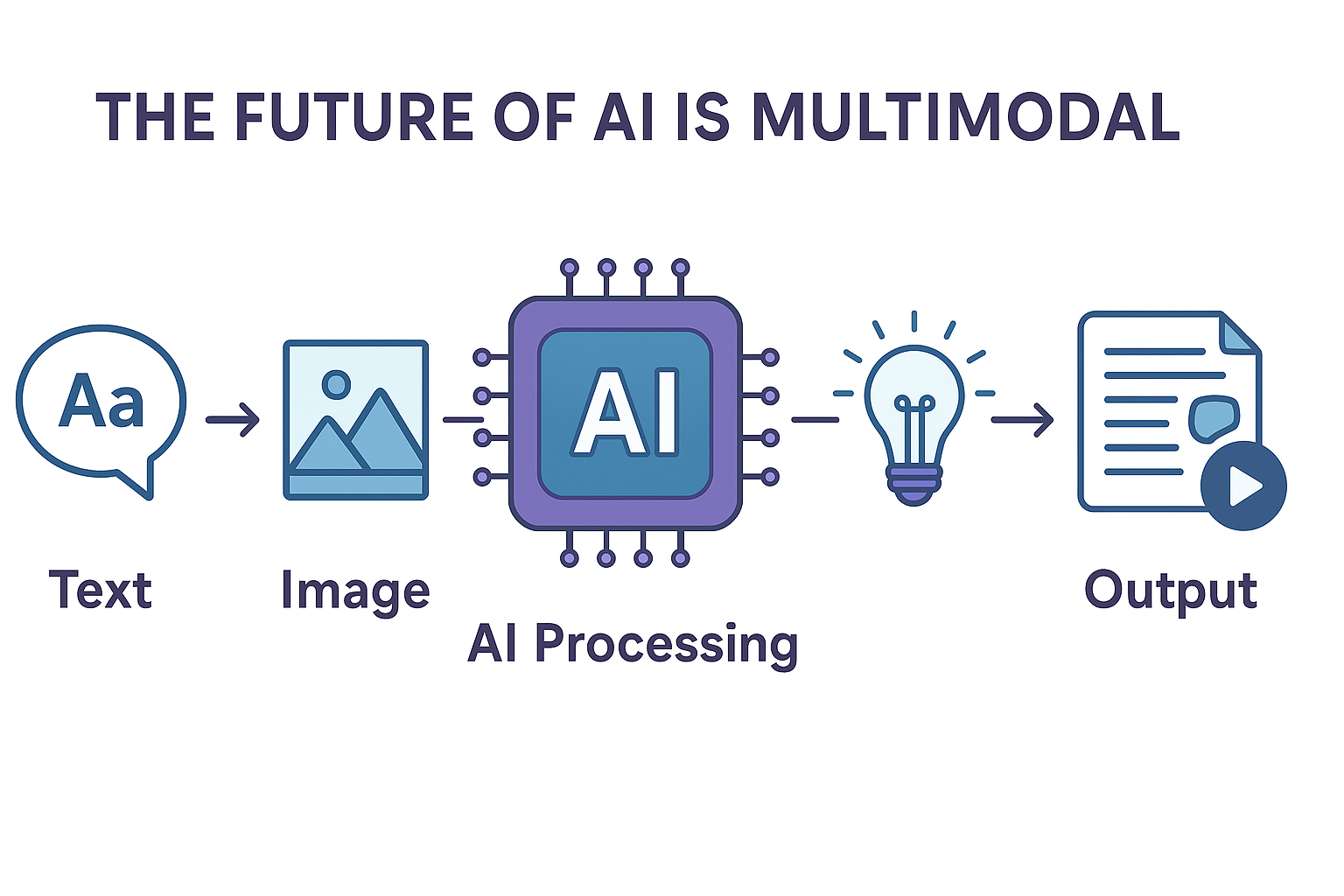- 12 May, 2025
- Technology Trends
In today’s fast-paced business environment, software scalability is no longer a luxury — it's a necessity. As businesses grow, their software must evolve to meet increasing demands without sacrificing performance, user experience, or security. Whether you’re a startup aiming for rapid expansion or an established enterprise looking to future-proof your operations, building scalable software solutions is essential for sustainable growth.
In this blog post, we’ll explore the importance of scalable software and provide actionable strategies that will help you ensure your software can grow as your business does.
Understanding Software Scalability
Scalability refers to a system’s ability to handle an increasing amount of work, or its potential to accommodate growth without compromising performance. In the context of custom software, scalability ensures that as your business expands, your software can seamlessly adjust to new users, more data, and heightened operational demands.
There are two primary types of scalability to consider:
-
Vertical Scaling: Adding more power (e.g., CPU, RAM) to a single machine or server to handle more load.
-
Horizontal Scaling: Adding more machines or servers to distribute the workload across multiple systems.
Understanding these concepts will guide you in designing software that can grow with your business needs.
Key Strategies for Building Scalable Software Solutions
To build software that can scale efficiently, there are several strategies that you should keep in mind:
1. Modular Architecture
A modular architecture breaks your system into smaller, independent components (or modules), each serving a specific function. This approach allows for easier maintenance, more flexibility, and smoother scaling as you can enhance or replace individual modules without affecting the entire system.
For example, if your user management system needs to be upgraded or scaled due to increased demand, a modular structure allows for isolated updates, preventing downtime for the rest of the application.
2. Cloud Infrastructure
Cloud services like AWS, Google Cloud, and Microsoft Azure offer the flexibility and scalability that traditional server infrastructure cannot match. Cloud solutions allow businesses to easily scale up or down based on demand, and they offer features like automated backups, load balancing, and security controls.
By migrating to the cloud, businesses can avoid the hefty costs and limitations of on-premise infrastructure and ensure that their software can grow without restrictions.
3. Microservices Architecture
Microservices is an architectural style that structures an application as a collection of loosely coupled, independently deployable services. This approach makes it easier to scale individual parts of the system without scaling the entire application.
For instance, if your e-commerce platform experiences high traffic only in the payment section during peak sales periods, you can scale just that specific service, instead of the whole system. This reduces both cost and complexity while maintaining smooth operation.
4. Database Scalability
Scalable databases are crucial for businesses that handle increasing amounts of data. Whether you're using SQL or NoSQL databases, it’s important to design your database for scalability from the start. Distributed databases, replication, and sharding techniques can allow data to be spread across multiple servers, improving performance and reliability as your data grows.
Database scalability is also tied to the overall architecture of your software, making it essential to choose the right database solution for your business needs.
5. Load Balancing
As your user base grows, it becomes crucial to distribute incoming traffic efficiently across multiple servers to ensure optimal performance. Load balancing ensures that no single server is overwhelmed by excessive requests, reducing downtime and improving response times.
Implementing a load balancing solution allows your software to handle high traffic volumes, ensuring that users experience minimal delays, even during peak times.
Common Challenges in Building Scalable Software
While scalability offers numerous benefits, there are challenges businesses face during implementation:
Managing Complexity
As software scales, its complexity increases. Balancing feature growth with manageable complexity can be tricky. The key to success is adopting best practices in architecture, design, and development to maintain simplicity and avoid a “spaghetti code” situation.
Technical Debt
Rushing through the initial stages of software development without considering scalability can lead to technical debt. Failing to design for scalability from the outset may require major rewrites or overhauls down the road. It’s critical to build with scalability in mind to avoid costly rework in the future.
Best Practices for Ensuring Future-Proof Software Solutions
To ensure that your software remains scalable and adaptable, follow these best practices:
1. Continuous Monitoring and Optimization
Once your software is live, continuous monitoring is essential. By tracking performance metrics like load times, error rates, and user behavior, you can identify bottlenecks early and make necessary adjustments. This proactive approach helps you scale efficiently without compromising the user experience.
2. Agile Methodology
Adopting an agile development approach enables businesses to adapt to changing needs quickly. Agile methods break down the development process into smaller, iterative steps, which allows for faster adaptation and scaling without overwhelming your development team.
3. Investing in Quality Assurance
The larger and more complex your software becomes, the more critical it is to invest in quality assurance. Rigorous testing and QA processes will help ensure that new features and updates do not negatively impact the performance or scalability of the system.
Conclusion
Building scalable software solutions is essential for any business looking to grow and succeed in the long run. By adopting strategies like modular architecture, cloud infrastructure, microservices, and database scalability, you can ensure that your software is prepared to handle the increasing demands of your growing business.
At Levelstech, we specialize in designing custom software solutions that are not only powerful but scalable, ensuring that your technology can evolve alongside your business. Ready to take your business to the next level with scalable software? Let’s talk.







